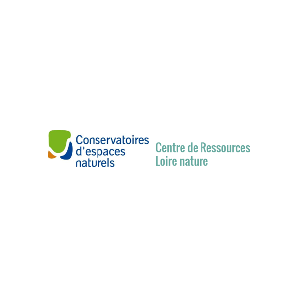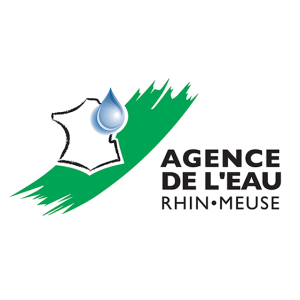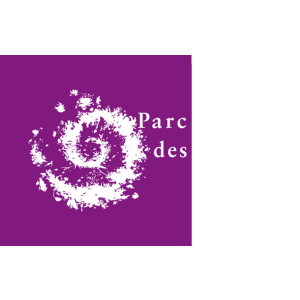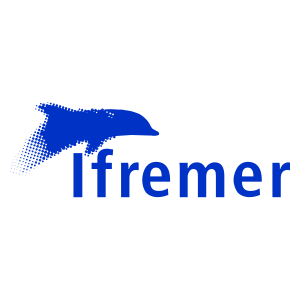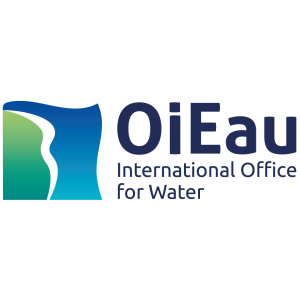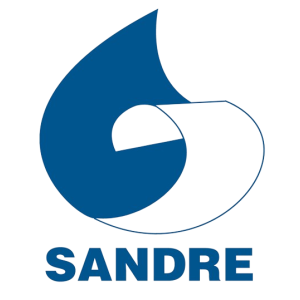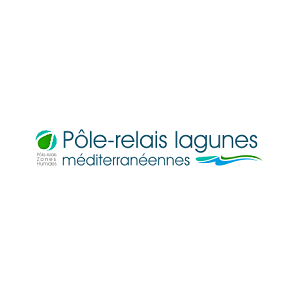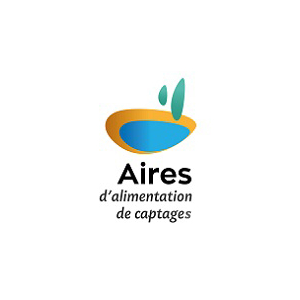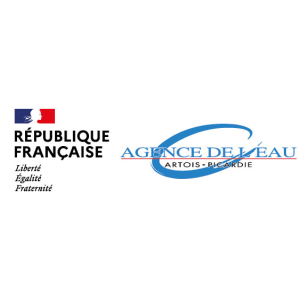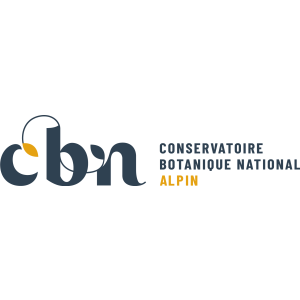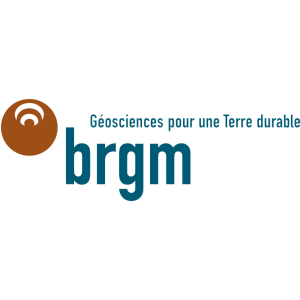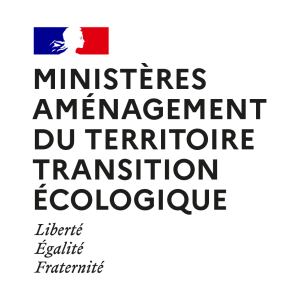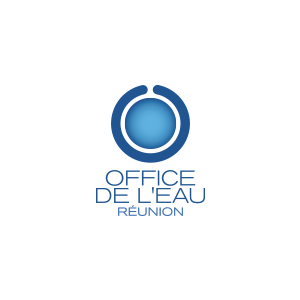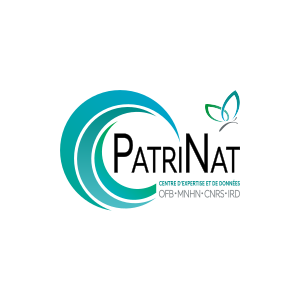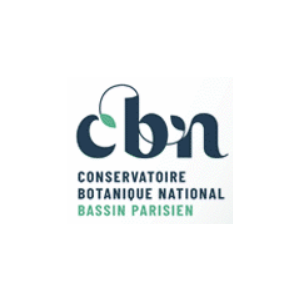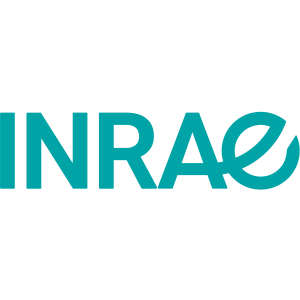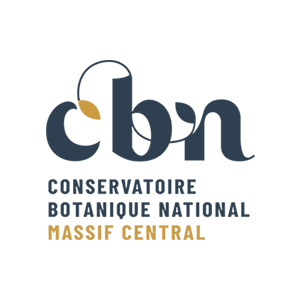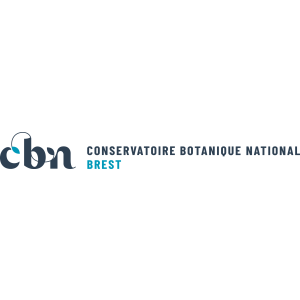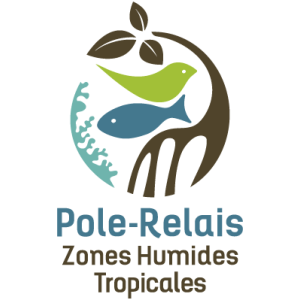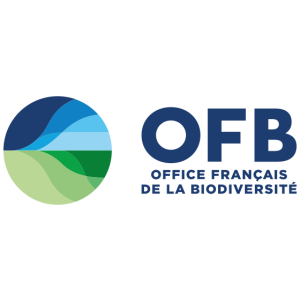
Document généré le 14/12/2025 depuis l'adresse: https://www.documentation.eauetbiodiversite.fr/fr/notice/determination-of-stocking-density-limits-for
Titre alternatif
Producteur
Contributeur(s)
EDP Sciences
Identifiant documentaire
10-dkey/10.1051/alr/2017023
Identifiant OAI
oai:edpsciences.org:dkey/10.1051/alr/2017023
Auteur(s):
Katia Asmani,Bruno Petton,Jacqueline Le Grand,Jérôme Mounier,René Robert,Jean-Louis Nicolas
Mots clés
Pacific oyster
Larval culture
High stocking density
Biofilm
Filamentous bacteria
Date de publication
11/08/2017
Date de création
Date de modification
Date d'acceptation du document
Date de dépôt légal
Langue
en
Thème
Type de ressource
Source
https://doi.org/10.1051/alr/2017023
Droits de réutilisation
Région
Département
Commune
Description
The first aim of this study was to determine the stocking density limits for Pacific oyster Crassostrea gigas larvae reared in flow-through system (FTS) and recirculating aquaculture systems (RAS). The second aim was to examine biofilm formation on the larval tank wall and its interaction with larvae growth. Three larvae concentrations were tested: 50, 150, and 300 mL−1. Chemical parameters and larvae performance were measured. The biofilm was observed by scanning electron microscopy, and its bacterial composition was investigated by pyrosequencing analysis of part of the 16S rRNA gene. The highest growth (13 µm day–1), survival (87%) and metamorphosis (50%) rates were observed in FTS at 50 larvae mL–1, while lower and similar performances occurred at 150 larvae mL–1 in both systems. At 300 larvae mL−1, performances dropped with occurrence of mortality. Biofilm thickness increased with larval density. The pioneer bacteria were coccobacilli followed by filamentous bacteria. The latter constituted abundant braids at the end of rearing at high larval concentrations. The first colonizers were mainly Rhodobacteraceae (α-Proteobacteria). The filamentous bacteria were Saprospirae (Bacteroidetes) and Anaerolineae (Chloroflexi). The biofilm was also made up of other minor groups, including Actinobacteria, Planctomycetes, δ-, γ-Proteobacteria, and Flavobacteriales. The biofilm's composition was more similar to that found in a sewage reactor than in open-sea collectors, which might negatively influence larval rearing due to potential metabolites. This first study on biofilms provides insights into the interaction between rearing density and larvae performance.
Accès aux documents
0
Consultations
0
Téléchargements
